Some of your favorite exercises could be making your achy back pain worse. Here are the top five exercises to look out for – and safer exercises to do instead.
Exercise is undoubtedly one of the best things you can do for your body. Aside from toning up your body, it can enhance your mood, boost your energy levels, and increase self-confidence.
Needless to say, every form of physical movement comes with some amount of risk, and certain exercises can be riskier than others. Some exercises are easy to perform incorrectly, and can almost certainly mess up your back if you don’t use impeccable form.
Looking for an easy way to get started working out?
Grab our FREE Beginners Workout Guide - 3 Weeks To Tighter Abs, Sculpted Arms, And Toned Legs, by clicking here!
One of the best ways to avoid back injury is to choose your exercises wisely. Here are five exercises to avoid if you are prone to back injuries, and safer alternatives that are equally effective.
Replace Sit-Ups with Hollow Boat Hold
Sit-ups are dangerous to the back and neck when done incorrectly. Many beginners lack the strength to do a sit-up correctly and end up pulling on the neck. If you feel a sit-up more in your hip flexors, lower back, and neck than you do in your ab muscles, then it’s a clue you are not ready for these yet.
Instead, strengthen your abs with the Hollow Boat Hold instead. This exercise is safe for all levels and still plenty challenging. Work your way up to longer holds and/or play with extending your legs further out. This move will help you get that strong toned core without the backache.
How to Do a Hollow Boat Hold
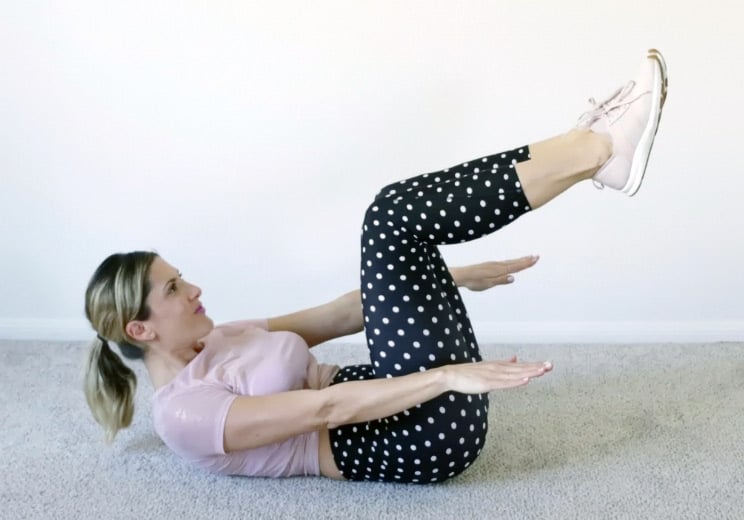
- Lie on your back and lift your legs up to a tabletop position, with knees bent at 90 degrees. Tuck your pelvis and engage your abs so that your lower back rests on the ground.
- Exhale to lift your head, neck, and shoulders and reach your fingertips towards your heels.
- Hold for 5 full breaths.
Note: If you feel any discomfort in the lower back, take a rest and resume when you’re ready to begin again. Beginners can hold for just five or ten seconds at a time with short rest breaks as much as needed.
Replace Kettlebell Swings with Glute Bridge
Kettlebell swings can be a great exercise for the glutes when done properly. The problem with these swings is the momentum of the heavyweight coming back at you fast! If you lose control of that swing or allow your back to round even for a second, it could lead to a serious injury. To get an equally great glute workout without the dangerous momentum, try a Kettlebell Glute Bridge instead.
How to Do a Kettlebell Glute Bridge
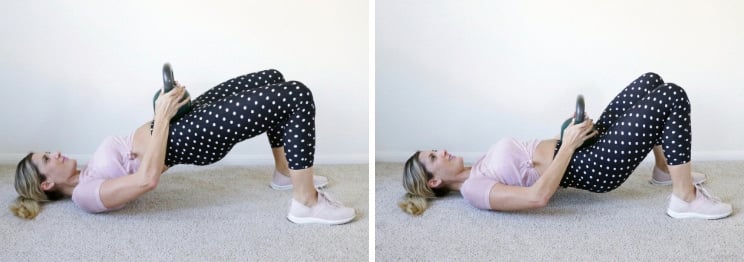
- Lie on your back holding a kettlebell (or dumbbell) securely on your hips with both hands. Make sure your heels are lined up just below your knees.
- On an exhale, press your heels into the ground to lift your hips up, forming a straight line from your shoulders to knees.
- Flex your butt muscles at the top, then inhale to return your lower back down with control.
- Complete 10 reps, moving with your breath.
Replace Stiff Leg Deadlifts with Traditional Deadlifts
Many people are excited to try the stiff leg deadlifts because they can work the glutes and hamstrings in isolation, without much strain on the quads. What most people don’t realize is that the stiff leg version increases the strain on the lower back. If you aren’t trained properly or don’t have the necessary core control, you might be putting yourself at risk of a herniated disk!
For a safer alternative, stick with the traditional version of deadlifts, where you keep your knees bent.
How to Do a Traditional Deadlift
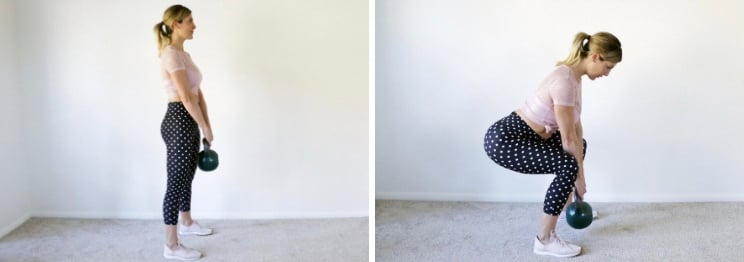
- Stand with your feet about shoulder width apart. Hold a kettlebell or dumbbell in front of your body and tighten up your core.
- Inhale to get into a low squat, keeping your back straight and neck in neutral. Your kettlebell should be about two inches from the floor and your knees are at 90 degrees. (Hint: Keep the weight in your heels to feel this in your glutes and hamstrings.)
- Exhale to press your heels down into the ground and focus on using the strength of your glutes and hamstrings to rise back up to standing.
- Complete 10 reps, exhaling on each rise and inhaling as you lower.
Replace the Bent Row with Kneeling Single Arm Row
Bent rows are excellent for strengthening your back, but if you feel pain when doing them, you’re better off doing a modified version instead. Instead of doing both arms, do one side at a time to make sure you aren’t overworking your weaker side by trying to keep up with your stronger side. Kneeling also helps to keep your back safe and minimize muscular imbalances.
How to Do a Kneeling Single Arm Row
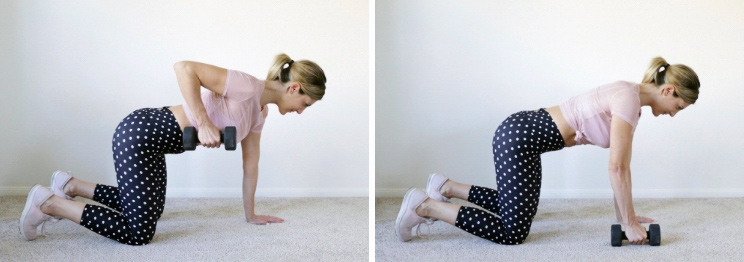
- Get on all fours, and grip a dumbbell in one hand. Tuck your toes under for stability and tighten up your core.
- On an exhale, bend your elbow and pull the dumbbell up towards your rib cage. Keep your neck neutral, shoulders back and down.
- Inhale to lower the weight with control.
- Repeat for 10 reps, then switch sides.
Replace High Plank with Low Modified Plank
A High Plank is an advanced core exercise that some newbies may not be ready for. To work up your strength and make sure your core has the stability and integrity needed to reap the benefits of high planks, it’s a good idea to start with a low modified plank instead.
By lowering down onto your knees and forearms, you’ll take an immense amount of pressure off your lower back. In this modified version, you can focus on strengthening your abs and core muscles without the risk to your spine!
How to Do a Low Modified Plank
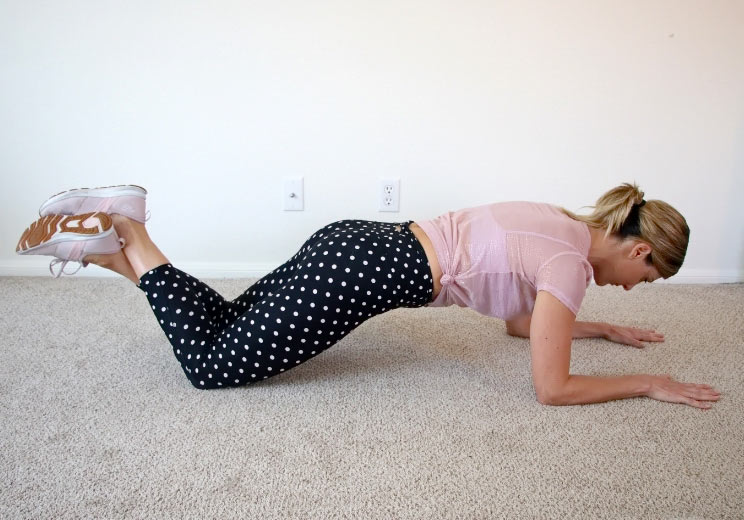
- Start in a kneeling position, then walk your hands out on the ground in front of you and lower down to your forearms. Ensure that your elbows are lined up under your shoulders, palms flat on the ground.
- Focus on contracting your ab and core muscles and keep your neck neutral.
- Remember to breathe deeply as you hold this position for 30 seconds.

(Your Next Workout: 7 Feel-Good Partner Stretches for Lower Back Pain)


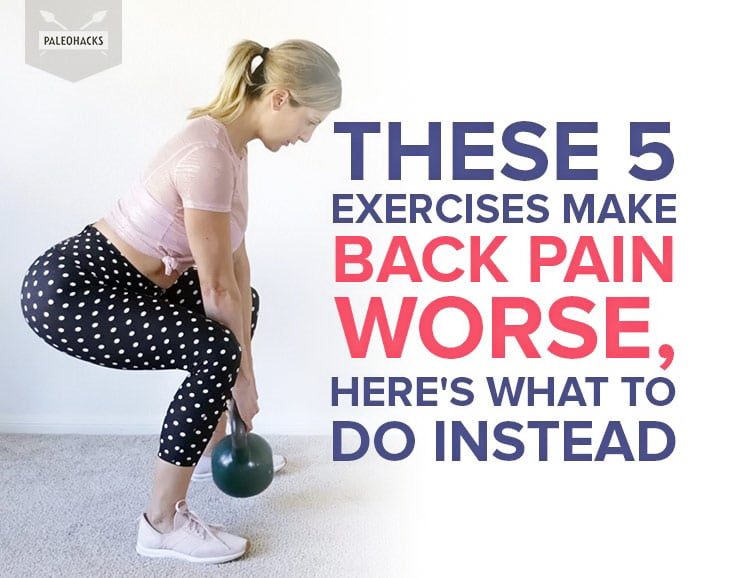
 How to Identify Sleep Apnea and 5 Natural Ways to Sleep Healthier
How to Identify Sleep Apnea and 5 Natural Ways to Sleep Healthier
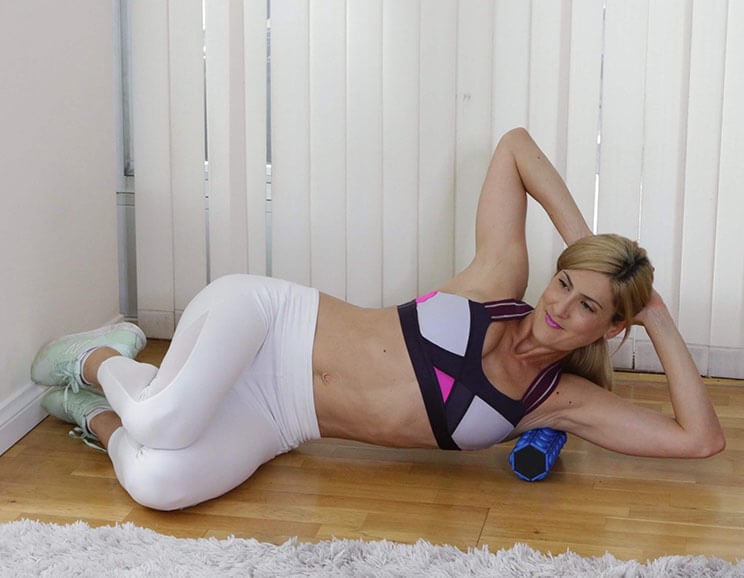


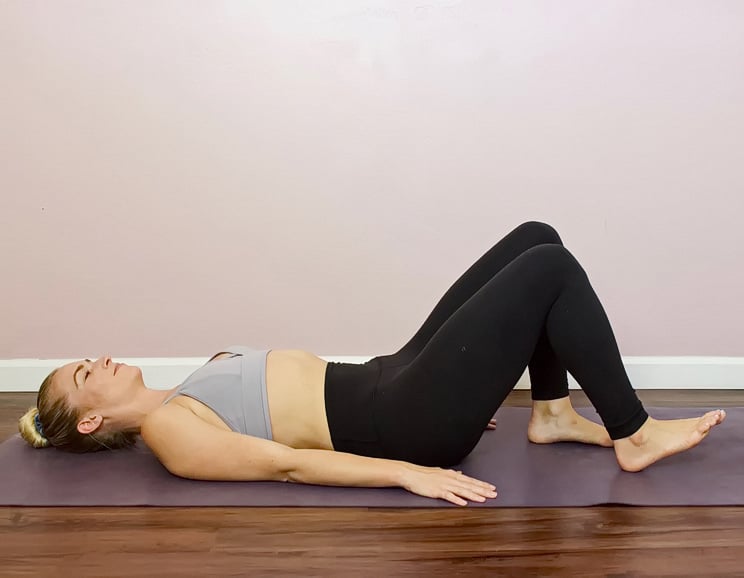
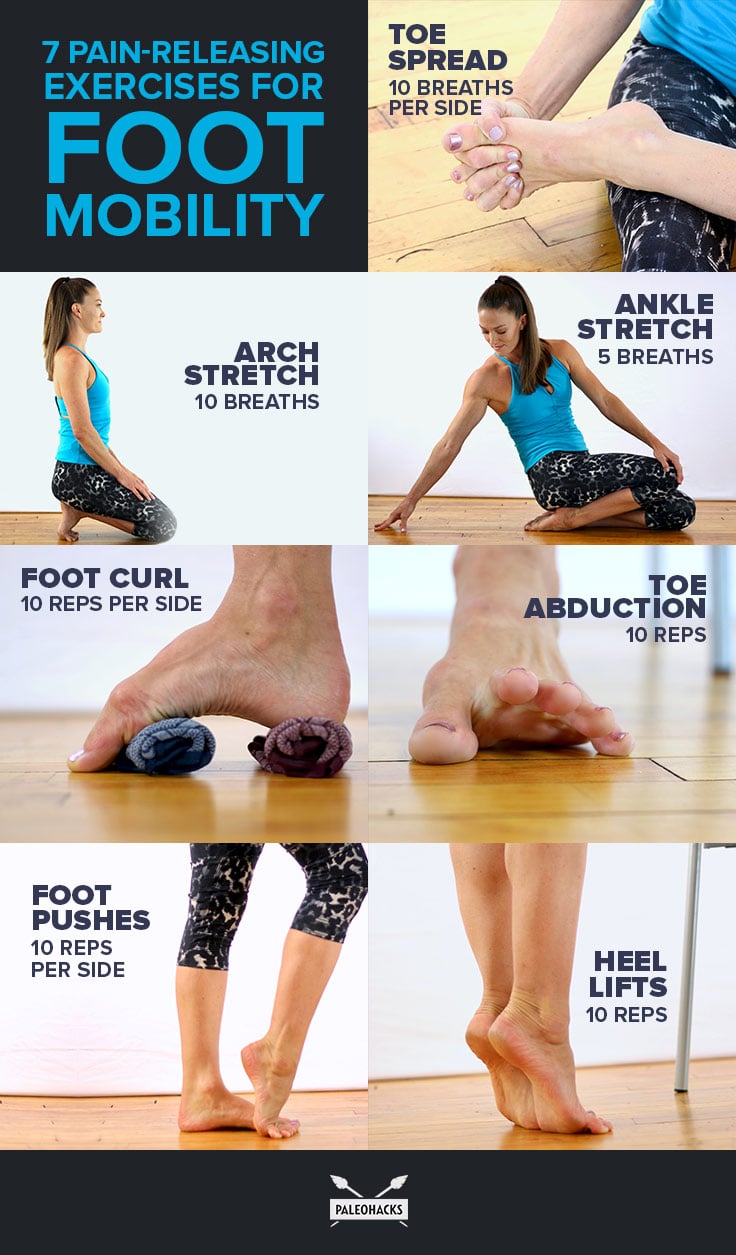
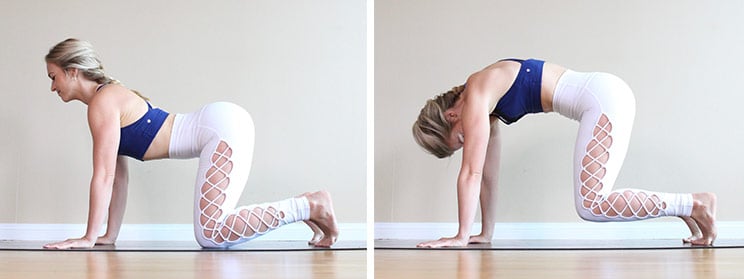
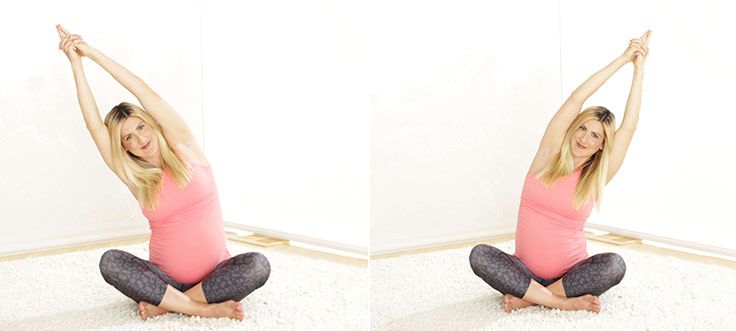
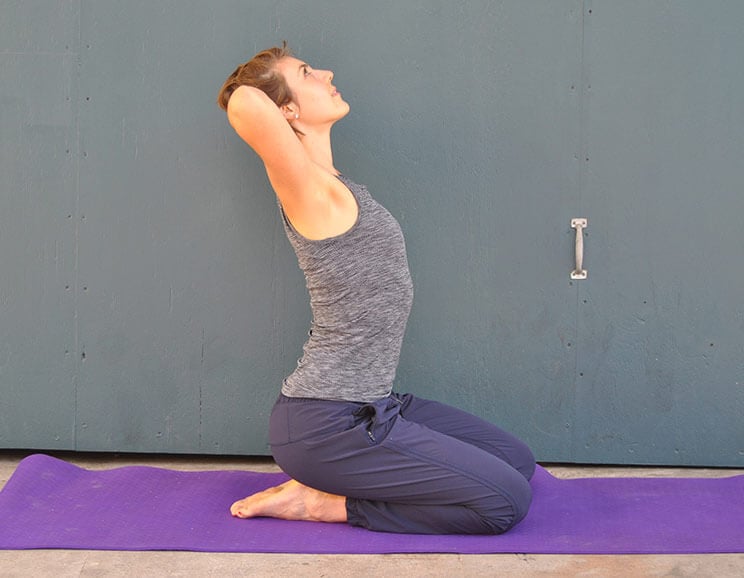
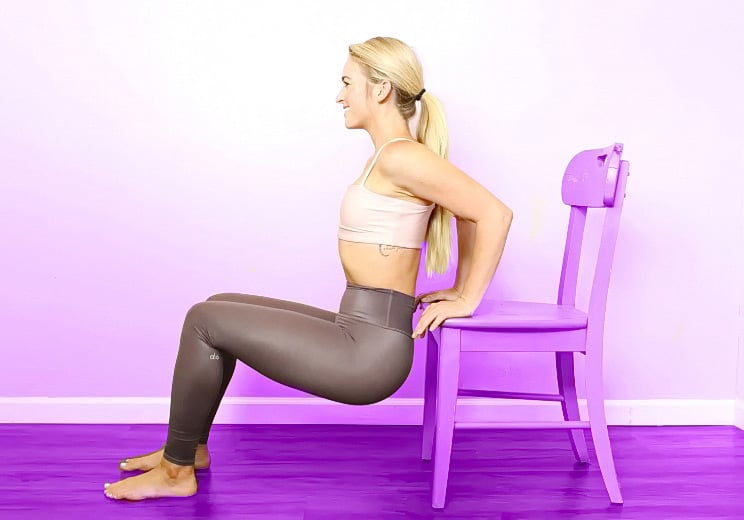
Show Comments